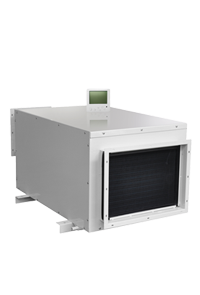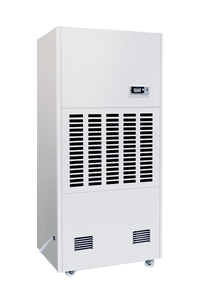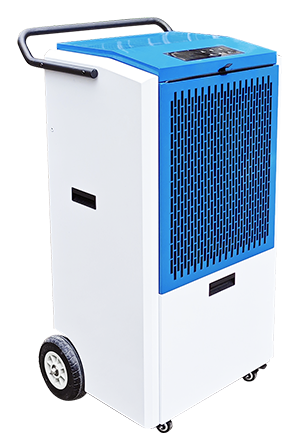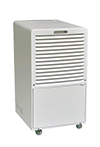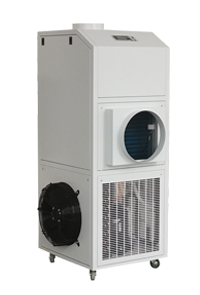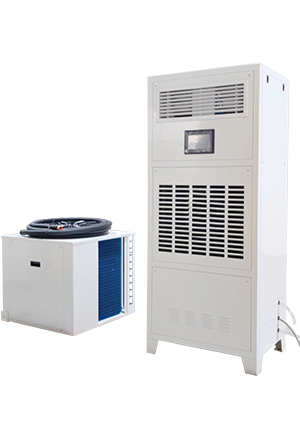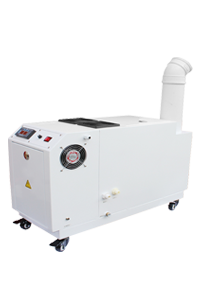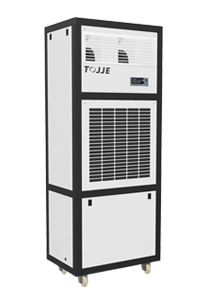News
A ceiling-mounted dehumidifier for a basement is a great choice for controlling humidity in a space that might not have a lot of room for floor-standing units. Here are a few features to look for:
-
Capacity: Choose a unit with a capacity appropriate for the size of your basement. This is typically measured in pints per day (ppd). Larger basements or spaces with higher humidity will need a higher capacity dehumidifier.
-
Installation: Ensure the unit is compatible with ceiling installation and comes with the necessary mounting hardware. Some models may require professional installation.
-
Drainage: Check if the unit has a built-in pump or a gravity drainage system. A built-in pump can help with continuous drainage without the need for a floor drain.
-
Airflow: Look for a model that provides efficient airflow to cover the entire basement area. This can help in even dehumidification and better air circulation.
-
Controls and Features: Features like humidity controls, automatic restart, and programmable timers can enhance convenience and efficiency.
-
Energy Efficiency: Check for Energy Star ratings to ensure the unit operates efficiently, which can help reduce operating costs.
-
Noise Level: Since it's mounted on the ceiling, consider the noise level of the unit, especially if your basement is used as a living space.

